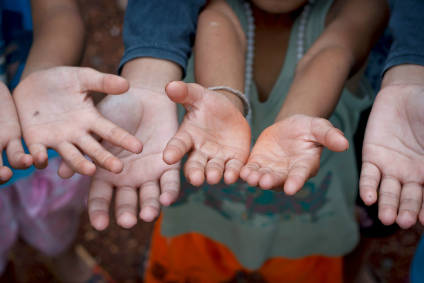
An evaluation of the Dutch AGT has found that despite significant steps being taken toward sustainability, achieving substantial improvements in the garment and textile supply chain will require time and effort beyond the agreement period.
The independent final evaluation was carried out by KIT Royal Tropical Institute. KIT concludes that the AGT has set up an important multi-stakeholder structure that facilitates a collective approach to complex issues in the supply chain.
It added that companies have progressed “considerably in their due diligence implementation” as a result of the AGT’s e-tool.
This has led to changes in behaviour by companies, including closer supplier relationships and changes in purchasing practices by nearly half of the AGT signatories. Companies have also made action plans to address concrete risks identified.
But, given the early stage that many collective projects are in and companies’ implementation of action plans, along with limited access to documentation and monitoring of progress, it says objective one – achieving “substantial progress” in three to five years in the area of specific supply chain risks, has not been met.
Objectives around providing businesses with guidelines for preventing potential adverse impacts in supply chains and the development of joint activities and projects to address problems that garment and textile sector enterprises could not resolve individually were met and partially met respectively.

US Tariffs are shifting - will you react or anticipate?
Don’t let policy changes catch you off guard. Stay proactive with real-time data and expert analysis.
By GlobalDataKIT did however point out its evaluation was limited in its ability to assess the impact on groups experiencing adverse impacts in garment and textile supply chains, as the focus of the analysis was at the level of the AGT and its signatory companies. No field research was conducted.
In its response, the AGT says the garment and textile supply chain cannot be made more sustainable overnight.
“It has not been possible to transform long-established practice in the supply chain into a fully sustainable system during the term of the agreement (5.5 years). In the first few years, companies focused on mastering due diligence. This made supply chains more transparent so that adverse effects became visible and could be addressed. This process is far from finished, however. Ensuring lasting changes for people, animals and the environment requires a continuation of the existing collaboration and initiatives,” the AGT said in its response.
Addressing the points specifically, the AGT said:
Trust
The multi-stakeholder nature of the AGT has helped build trust between parties and supported the exchange of relevant knowledge on a regular basis.
“The way in which parties in the agreement have worked together is essential,” says Pierre Hupperts, independent chairman of the AGT during the entire term of the agreement.
“Of course we focused on impact in the supply chain. To achieve this, companies must be willing to cooperate with trade unions, NGOs and each other. This is a tangible and lasting result of the agreement that we can be proud of.”
A good example of this cooperation is the collective projects, ten of which are underway and six of which are still in the pipeline (addressing such issues as child labour, living wage, environmental pollution and complaint mechanisms). In these projects, parties work with local stakeholders in production countries to improve production conditions. It was difficult for KIT to assess the impact, however, because many of the collective projects are still in progress.
Transparency
In addition to trust, transparency was an important element of the AGT. There has been a positive change in the supply chain transparency of the participating companies, which now disclose their suppliers on the AGT’s aggregate production list. A growing number of companies are providing full access through their own channels or through the Transparency Pledge. If this group of companies increases in size, trade unions and NGOs will be able to make more specific use of their expertise and network to work with them on improving production conditions. The much greater level of transparency represents an important breakthrough in the sector.
To identify risks and tackle malpractices, it is essential for a company to know its supply chain. Initially, companies were hesitant to disclose information. The collective nature of the agreement and the positive peer pressure in the sector ultimately won them over.
Future
The final evaluation offers a starting point for future cooperation in the sector. At the end of last year, it was revealed that various parties are currently exploring the possibility of a new agreement.
“Since collaboration has been a success factor for the agreement, I think it is very important that the parties base any possible follow-up on the same principle,” says Hupperts. “This will require an open and constructive attitude from all the parties. Companies, industry associations, trade unions, NGOs and the authorities will have to play an active role in this.”



